

Spent Too Much Money Over the Holidays? These 3 Simple Tips Will…

Q&A with Organizational Pro Peter Walsh + Dermatologist Shares A…

Actor Hank Azaria + Freezer Meals + Artichokes 2 Ways with Rach

See Inside Barbara Corcoran's Stunning NY Apartment + It's Steak…
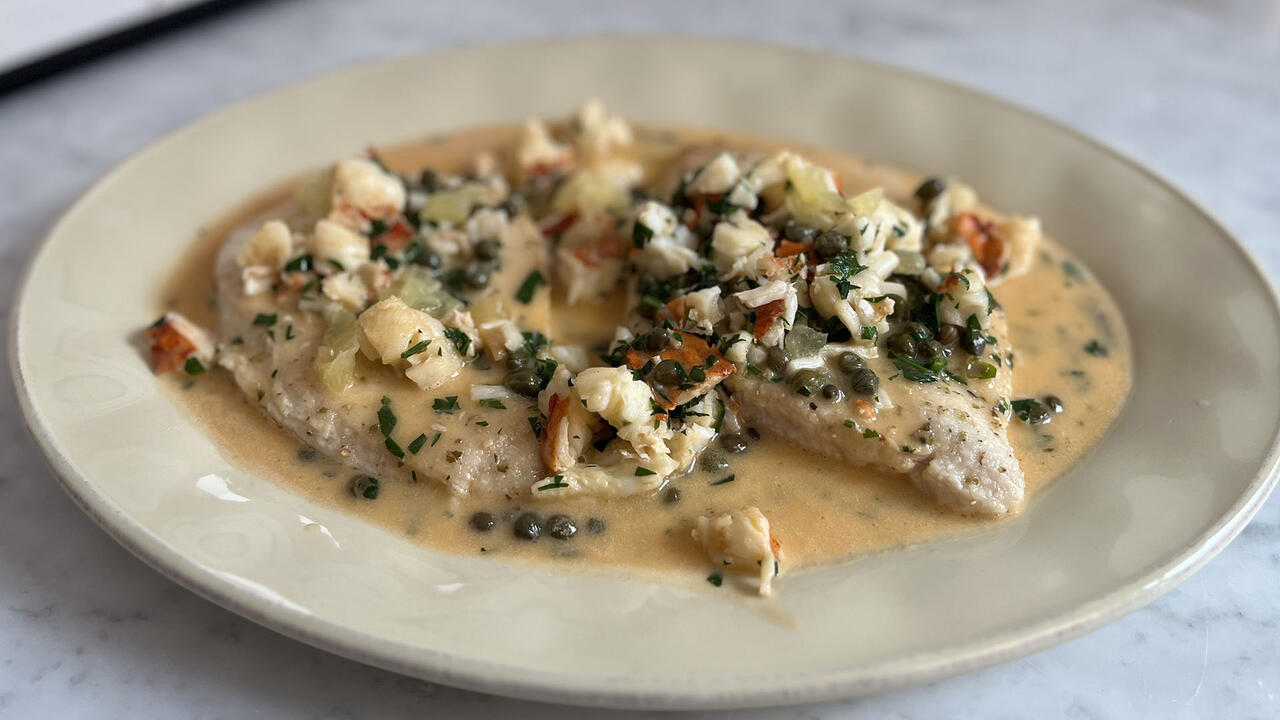
How to Make Chicken and Lobster Piccata | Richard Blais

Donnie Wahlberg Spills Details About NKOTB's First Ever Conventi…
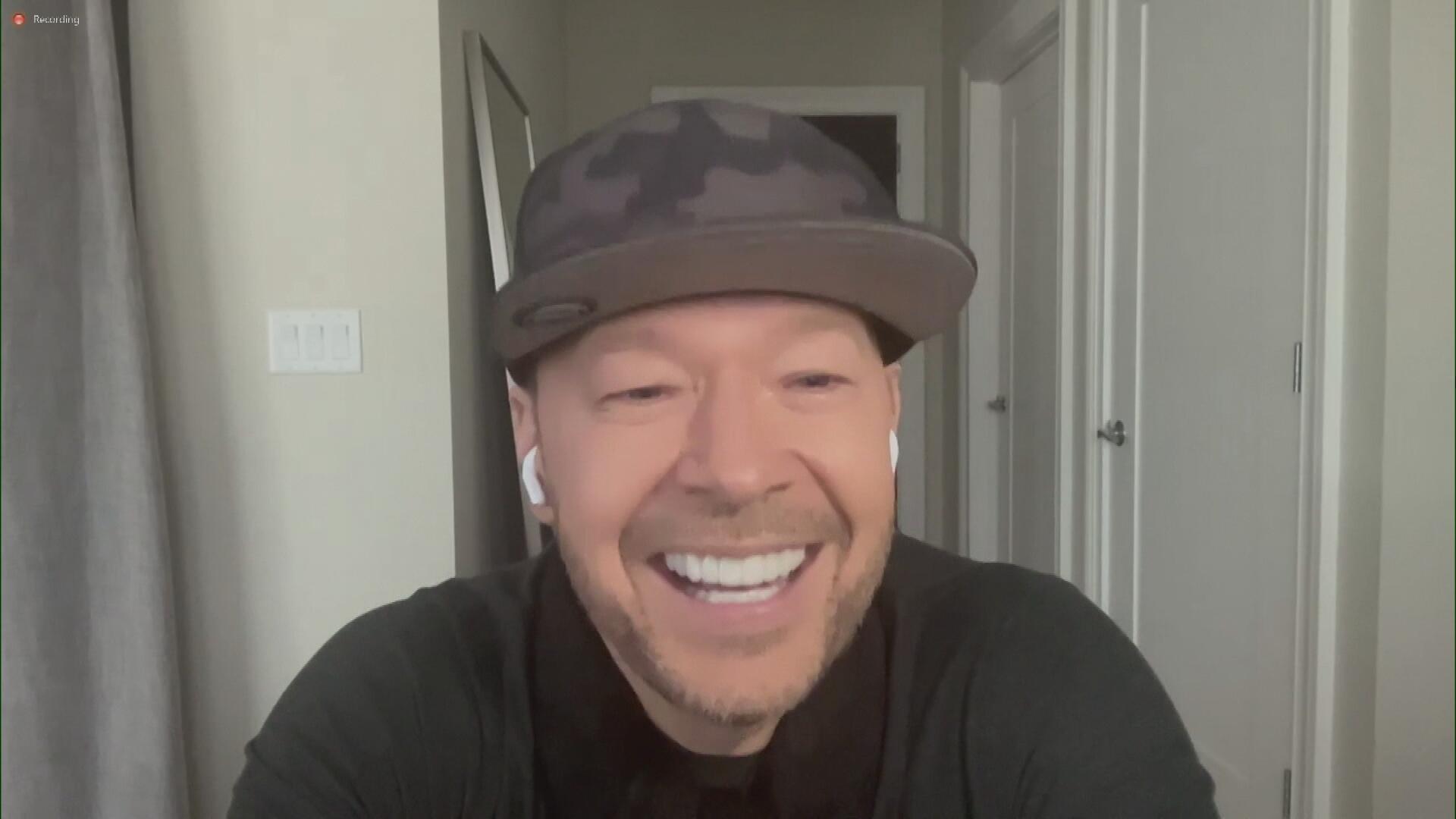
Donnie Wahlberg + Jenny McCarthy Say Rach Is Such a "Joy" + Look…

The Best Moments From 17 Seasons of the Show Will Make You Laugh…
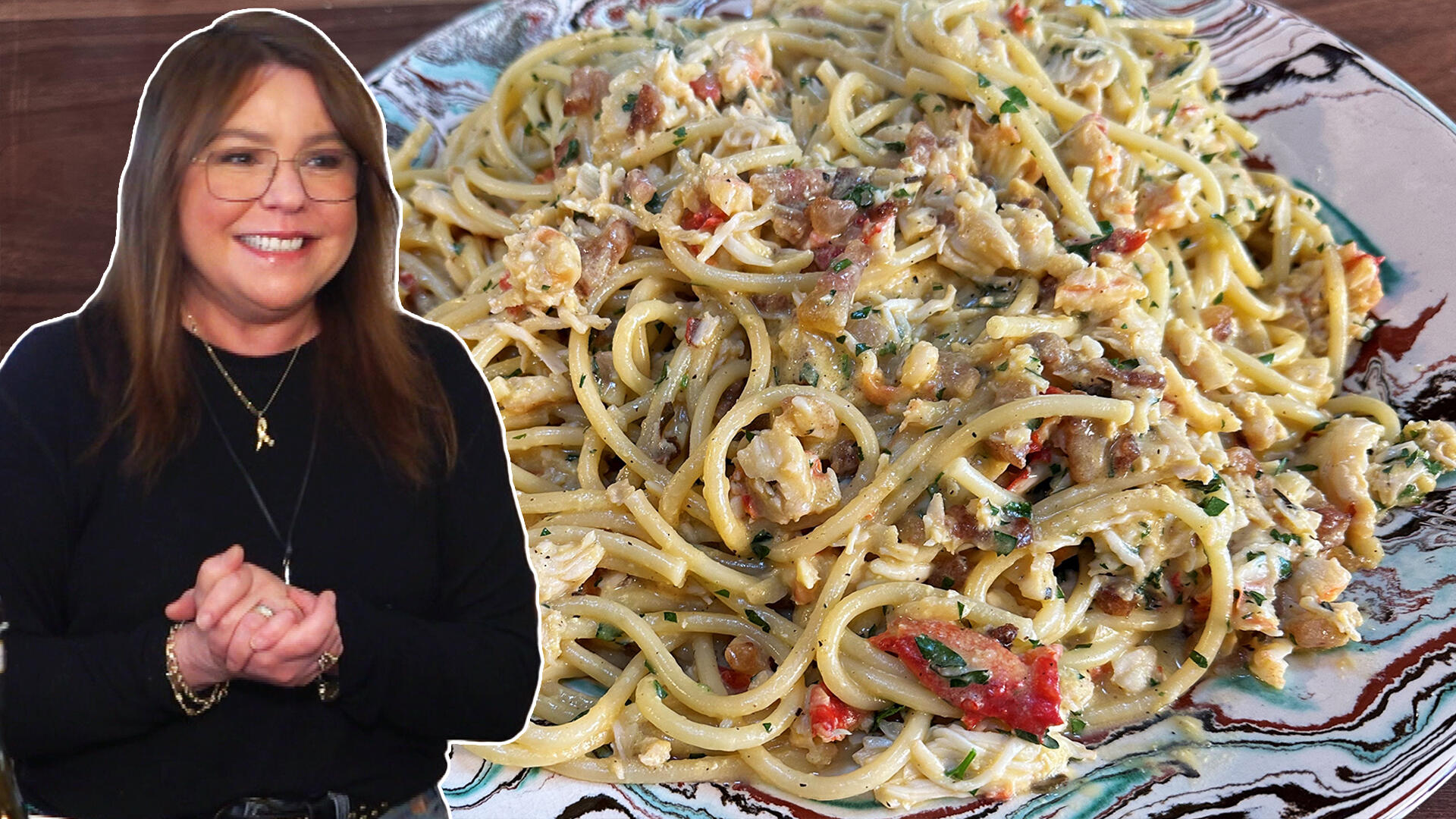
How to Make Crabby Carbonara | Rachael Ray
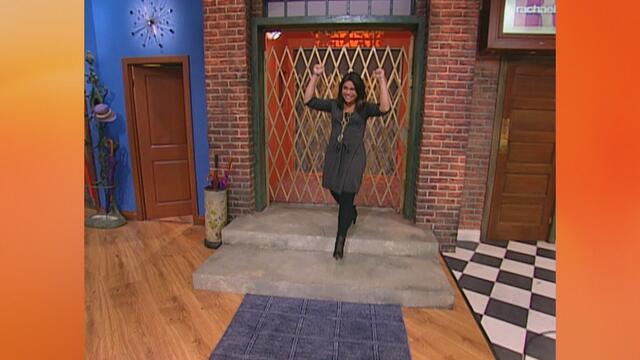
Rach Chats "Firsts" In Flashback From Our First Episode Ever In …
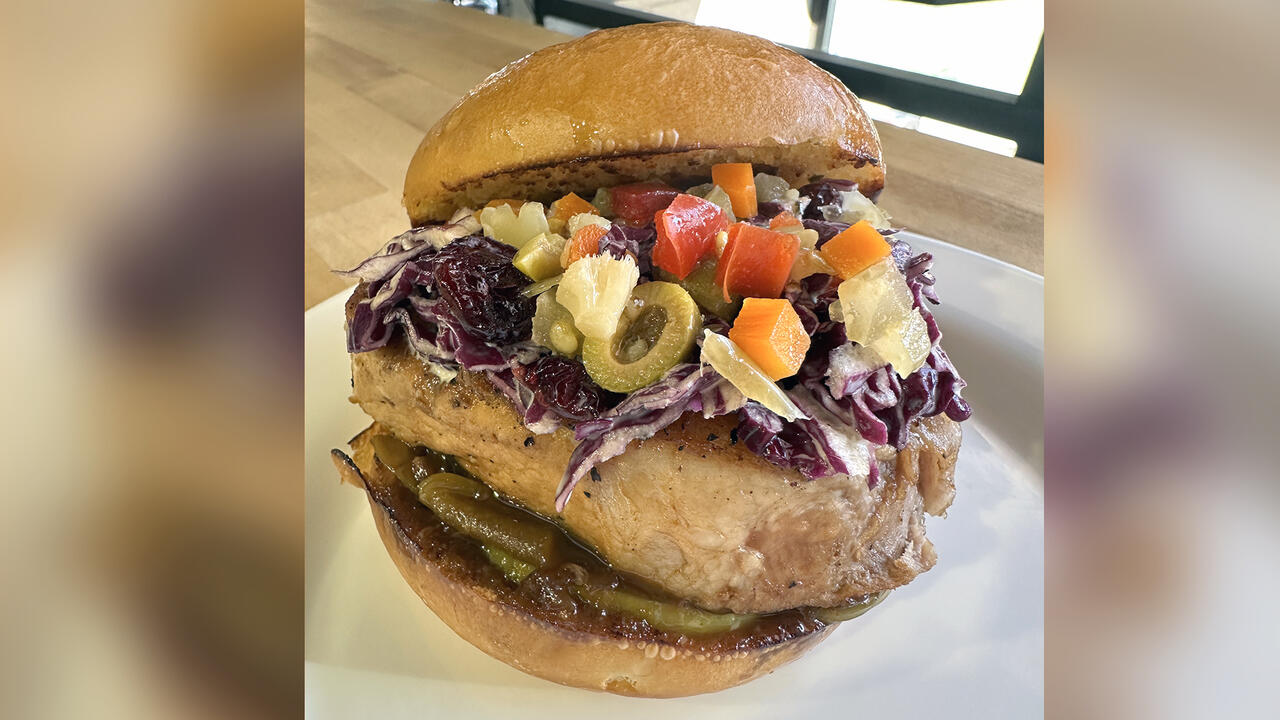
How to Make Apple-Cider Braised Pork Chop Sandwiches with Onion …

Rach's Chef Pals Say Goodbye to Show in Surprise Video Message

How to Make Sesame Cookies | Buddy Valastro
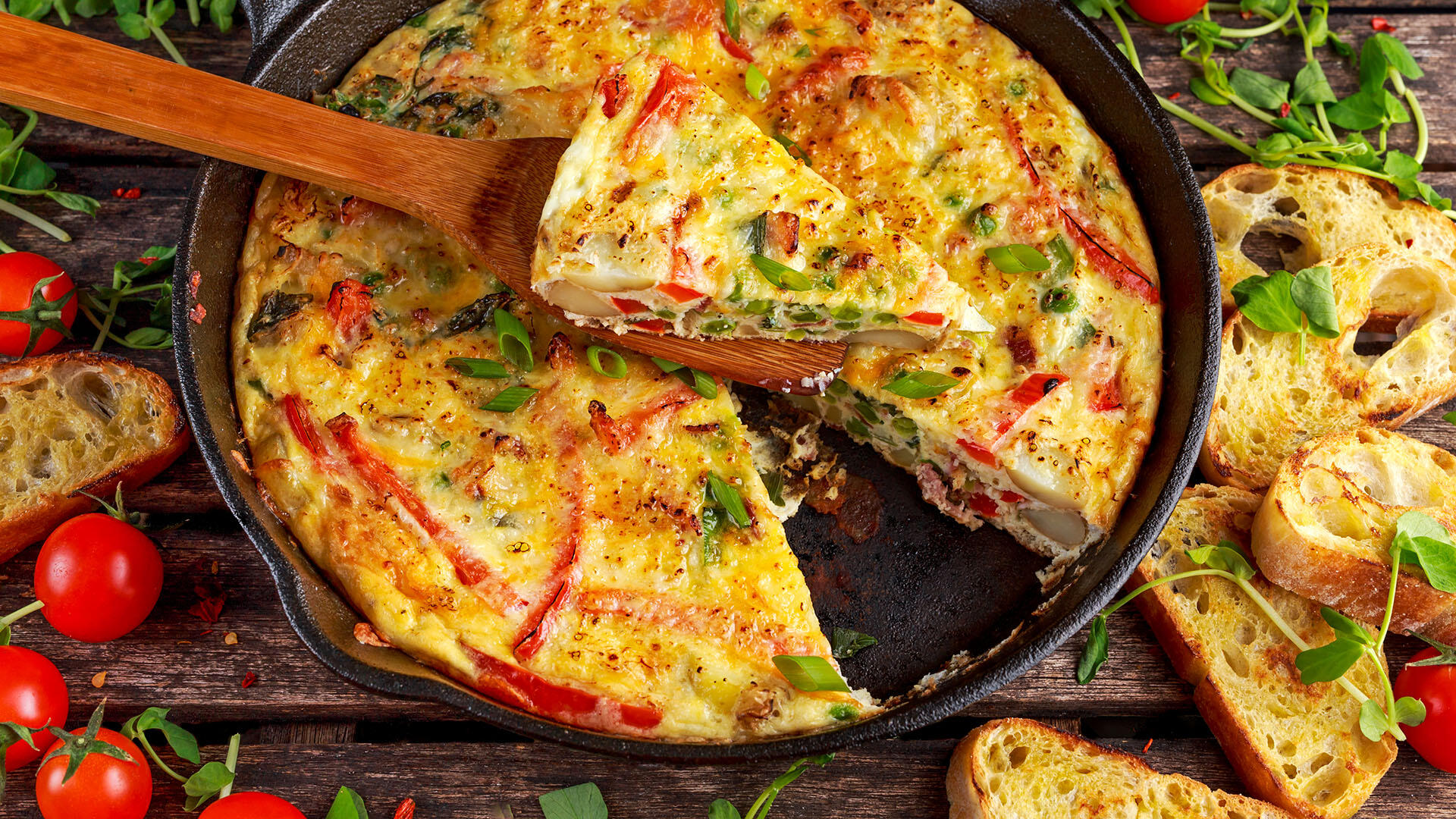
How to Make Tortilla with Potatoes, Piquillo Peppers and Mancheg…
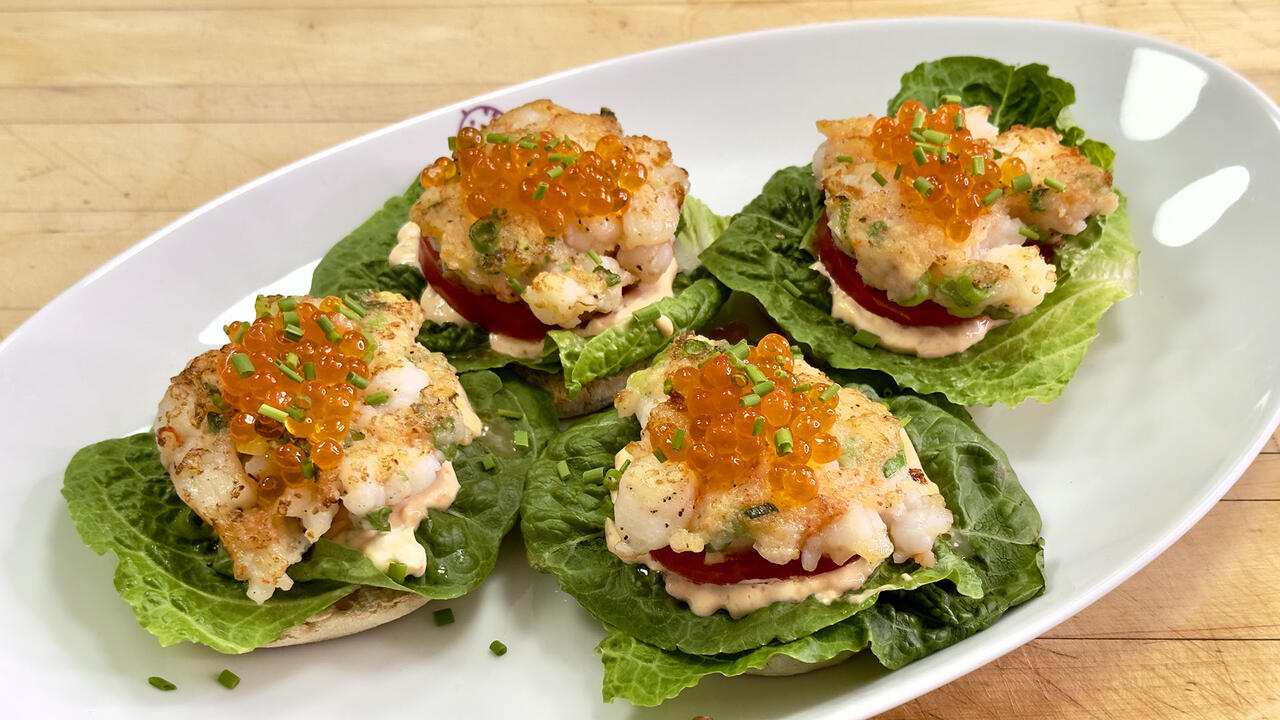
How to Make Shrimp Burgers | Jacques Pepin

How to Make Spanakopipasta | Rachael Ray

Andrew McCarthy Chokes Up Discussing Emotional Trip to Spain wit…

Celebrity Guests Send Farewell Messages After 17 Seasons of the …

Celebrity Guests Send Farewell Messages After 17 Seasons of the …

Andrew McCarthy Teases Upcoming "Brat Pack" Reunion Special

Michelle Obama Toasts Rach's 17 Years on the Air With a Heartfel…
Raise your hand if you spent WAY too much money over the holidays and are recovering from a major debt hangover! ?
Well, you’re not alone. In fact, one of our viewers told us she spent $3,000!
That’s why budget guru Jordan Page is here to help us all get back on track with these three tips and tricks that you can start using Right. Now.
1.) Go on a Spending Freeze
Yup, it’s exactly what it sounds like!
"For 7 days," Jordan explains, "you don’t spend any money."
Essentially, using what you have and giving your wallet a break cleanses you of the urge to constantly reach for your credit card unnecessarily.
Yes, it’s quite the challenge -- but just think about the reward!
RELATED: Ridiculously Easy Ways to Make Money From Home
"That money that you save for a week -- upwards of $500 to even $1,000 -- put it towards that holiday debt," Jordan advises.
Don't get too panicked, though! Jordan only suggests doing this about once a month.
2.) Start an Envelope System
All you need is ONE envelope per month.
Make a chart right on the envelope where you separate weekly expenses (a.k.a. 4 rows) into two columns (Grocery and Other).
(Watch the video above to see Jordan map it out for you!)
For groceries, budget about $100 per month per family member (that’s $100 a week if you have a family of four) and keep track of what you buy each week and how much you send in a neat list right on the envelope.
RELATED: How This Personal Finance Expert Cut Her Grocery Bill From $2,000 to $200 a Month
PLUS, keep your receipts IN the envelope so they’re all contained at the and of the year.
Pro tip: Whatever you do, never dip into your next week’s budget. If you need more money for groceries one week, dip into your miscellaneous budget for that week instead!
3.) Open At Least 7 Bank Accounts
It sounds crazy to have more than two or three, right?
But allow Jordan to explain the uses of each one!
1) Basic Checking: This is where your paycheck money goes and where money to pay bills comes from.
2 & 3) Husband & Wife Checking: To avoid financial tension, keep two separate accounts, Jordan advises, where spending responsibilities can be divided.
4) Standard Savings: Put 10% of your income in here, Jordan suggests -- and try to keep about 3 months to live on in this account, in case of job loss OR to use for spendy occasions, like the holidays.
5) Emergency Savings: Set aside another 10% of your income in here to use in the case of a major emergency.
6) Health Savings Account: If you don’t qualify for a formal HSA -- where the money you put in is tax free -- keep an account of your own! This way, you don’t have to borrow grocery money to pay for doctor’s visits.
7) Fun Money: Need we explain?



